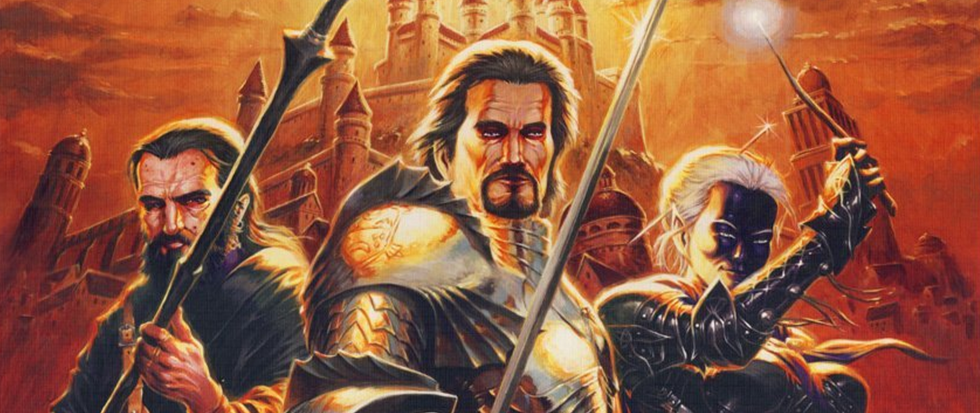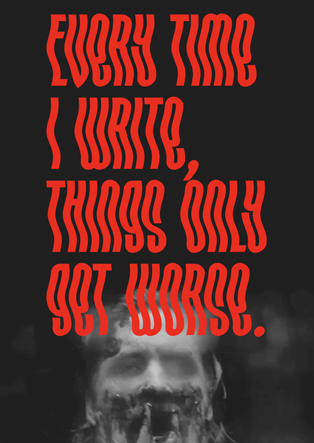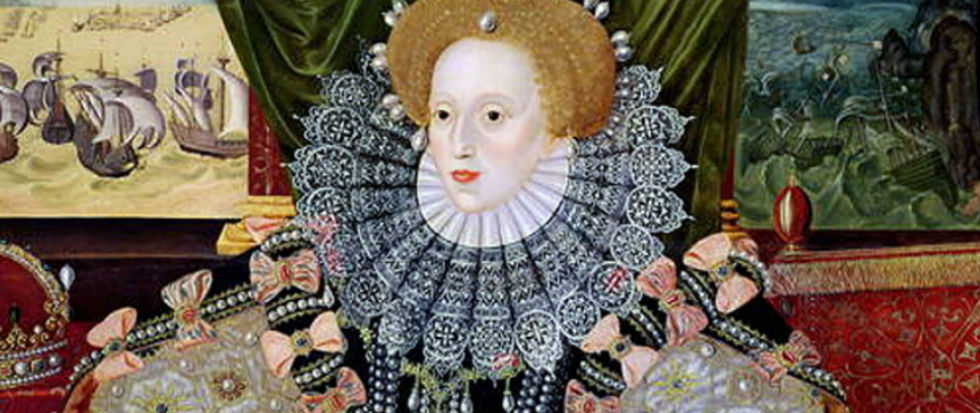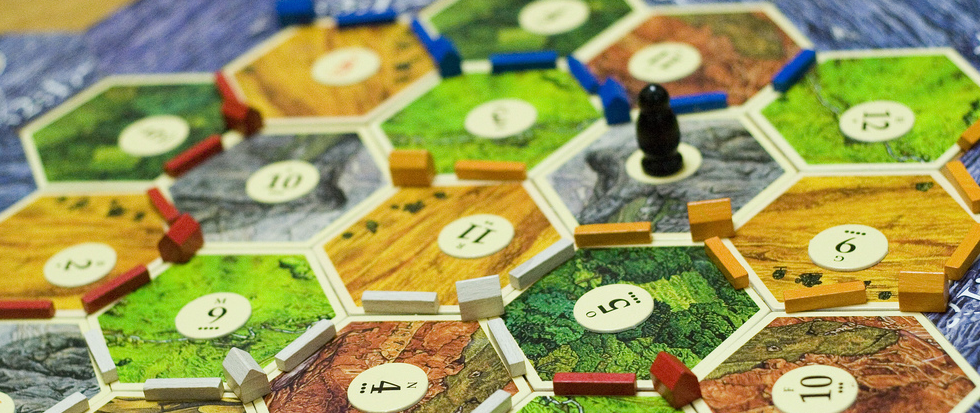
Pieces
At what point does a game’s theme stop being a veneer put over a set of mechanics and start being a cohesive marriage of concept and gameplay? Worker placement games are especially bad at achieving the latter, often defaulting to tired concepts like farming or other similarly pastoral excuses to place workers on spots on a board. That’s why Lords of Waterdeep is such a fascinating case study in theming a board game: On paper, it looks like a successful fusing of mechanics and conceit, but in practice, it falls apart as we find it too easy to see behind the curtain.
In Lords of Waterdeep, you play as an aforementioned Lord as you pull the political strings behind the scenes of a thriving Dungeons and Dragons city as you race to solve its biggest, most pressing problems. You do this by accepting quests and sending adventuring parties to complete them for you. The act of getting these bands together is where most of the game can be found, as you have to place workers at specific locations to add the adventurers you need to your tavern. More locations open up as people buy more buildings, and halfway through, you’re given an additional worker, gently escalating your operations and upping the stakes.
The great part of the theming of Lords of Waterdeep is how it gives you both a metaphorical and literal birds-eye view of Waterdeep. As a Lord, you’re viewing the big picture and playing a longer game as you send your underlings around town trying to complete different quests that will earn you more acclaim and resources. You’re also working towards a secret agenda that grants you extra points under certain conditions. Everything about the theme feels right and makes sense as you play from a point of view you don’t normally see. All in all, Lords of Waterdeep successfully transplants Dungeons and Dragons into a worker placement mold.
Except the illusion breaks down when taking into consideration the adventurers themselves. Represented by colored wooden cubes, adventurers from four different classes can be recruited: Fighter, Rogue, Wizard, and Cleric. Specific locations will give you a number of these cubes if you place one of your workers there. And the quests themselves ask you to expend specific adventurers to complete them, sometimes offering a different set of cubes as a reward. After a few rounds of gathering cubes and turning them in for quests, you begin to see the cubes for what they really are: resources. You don’t think of black cubes as Rogues, but black cubes. All you use them for are to trade them in for completing quests, making the entire affair feel more like a transaction than the grand machinations that you’re purported to be doing.
Worse, the cubes never actually feel like adventurers even though the quest cards do their best to frame party makeups in thematic ways. They’re just cubes. There’s very little difference between a purple cube and a white cube aside from the different locations you can get them at. A board game should transcend its components with its theme, but here it feels like they stapled a worker placement game onto the D&D world and filled in the holes with some thematic touches such as who you play as. What the game really needed to accomplish is making the game truly feel like you’re managing a revolving stable of adventurers as you climb the upper echelons of Waterdeep’s shadow government. Each different adventurer class should feel distinct rather than just being different colored cubes. Instead, black cubes might as well be coal or some other inanimate resource. And for a game with as grand a theme as Lords of Waterdeep, that’s a damn shame.





